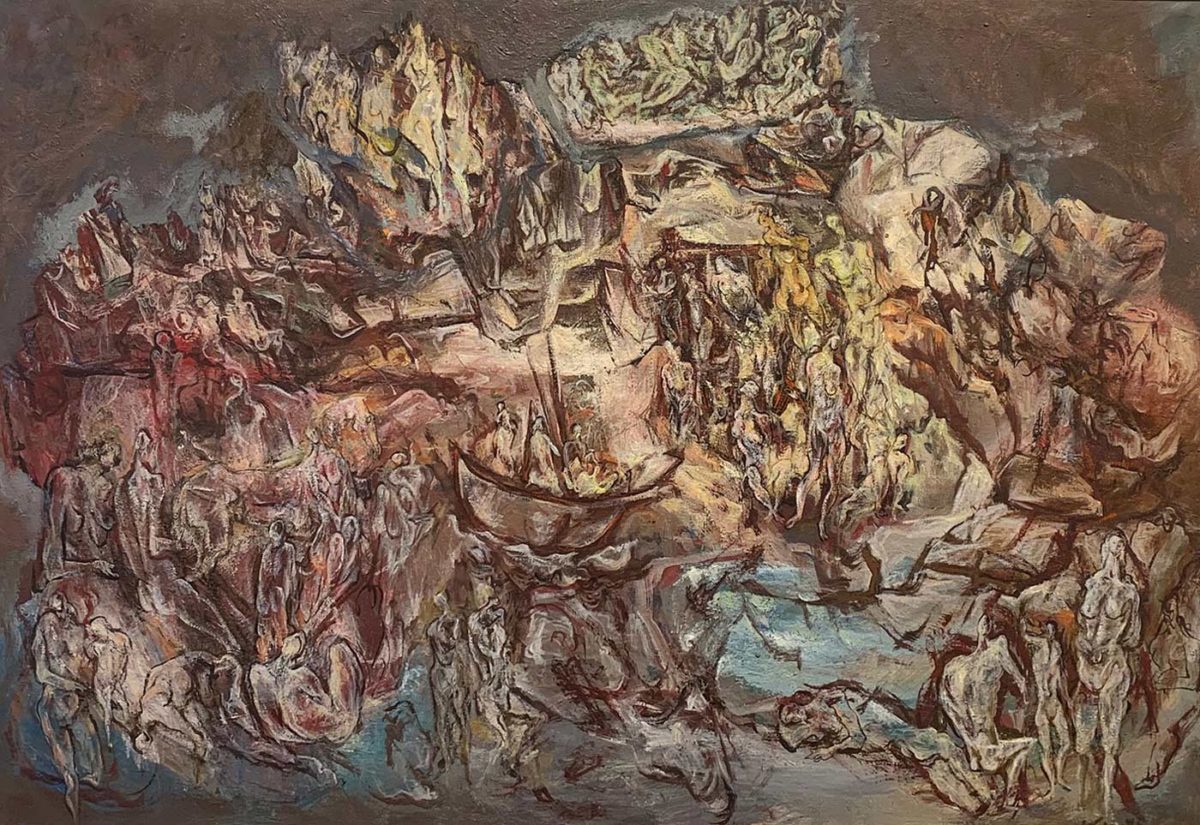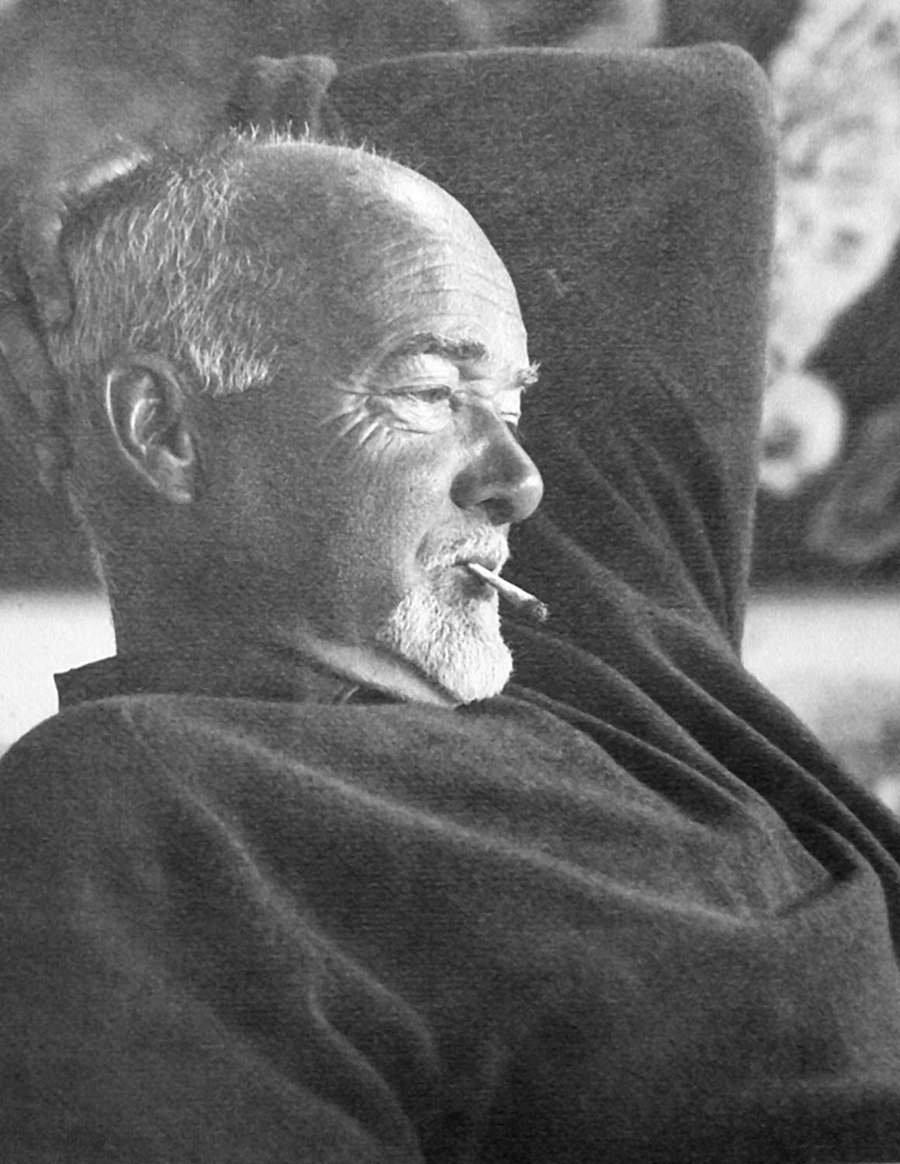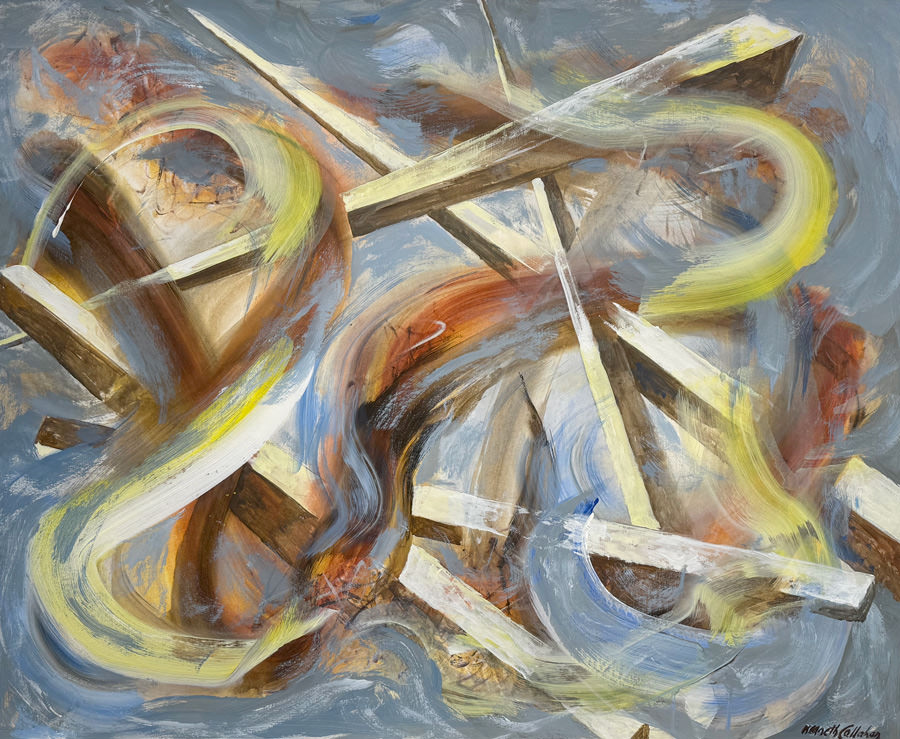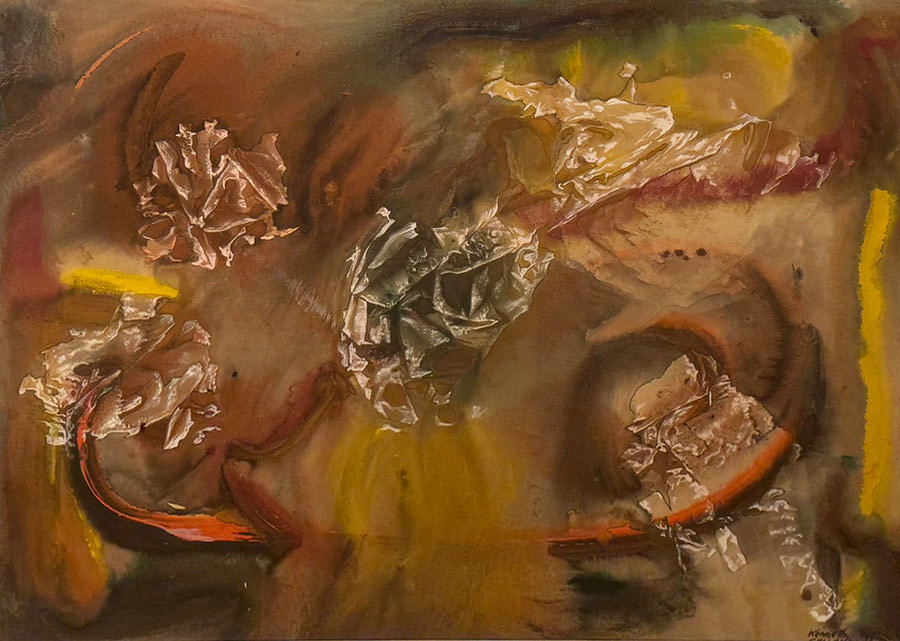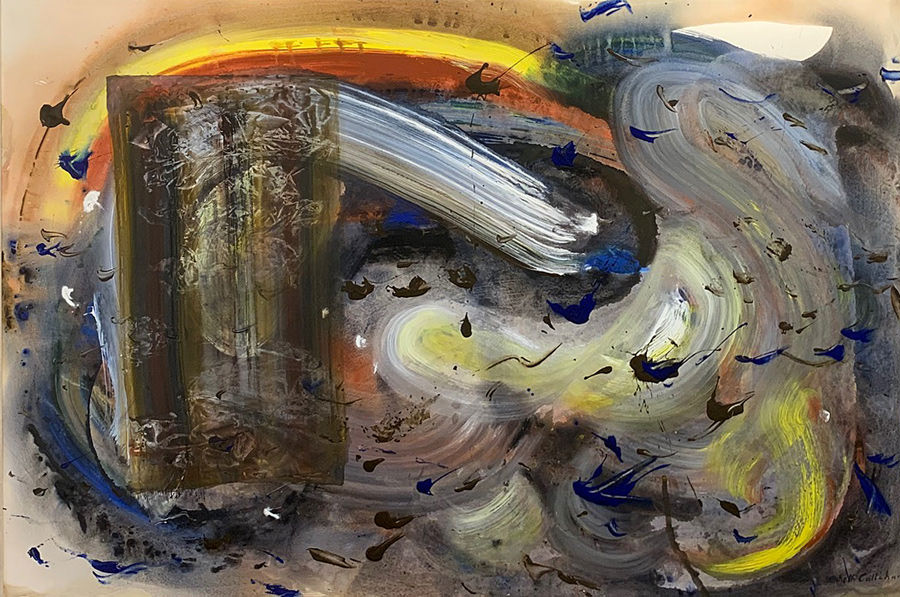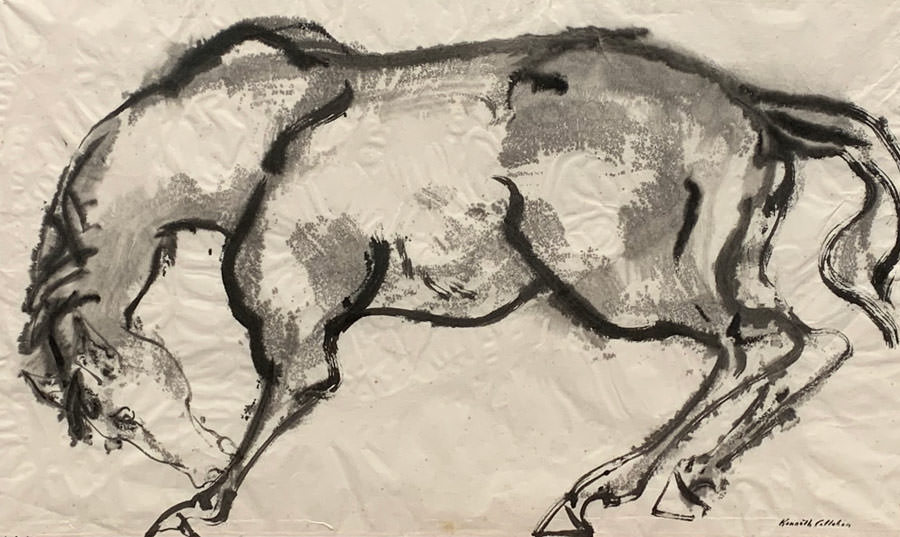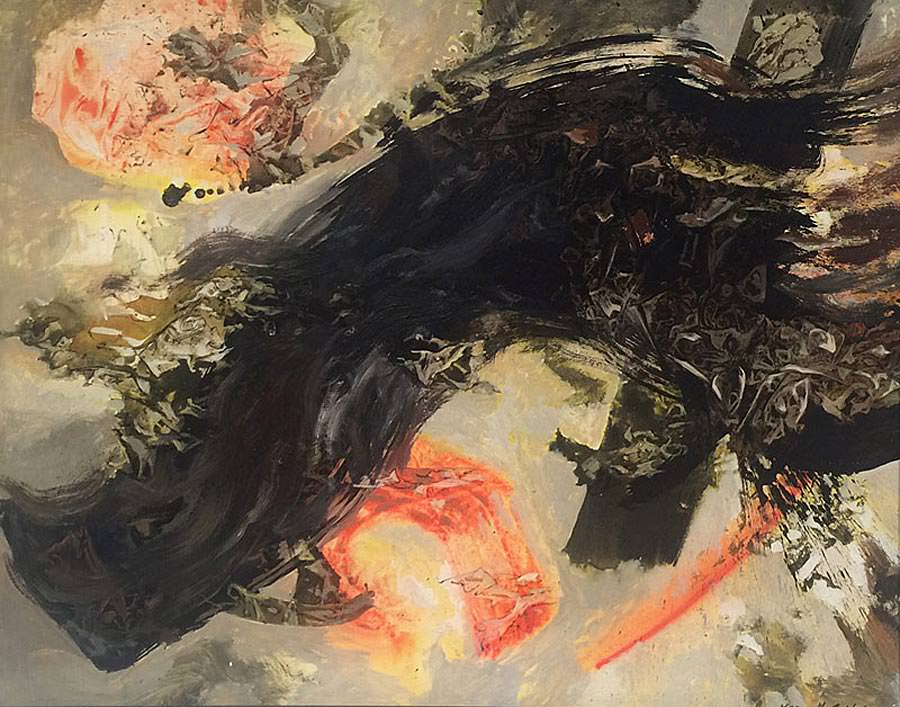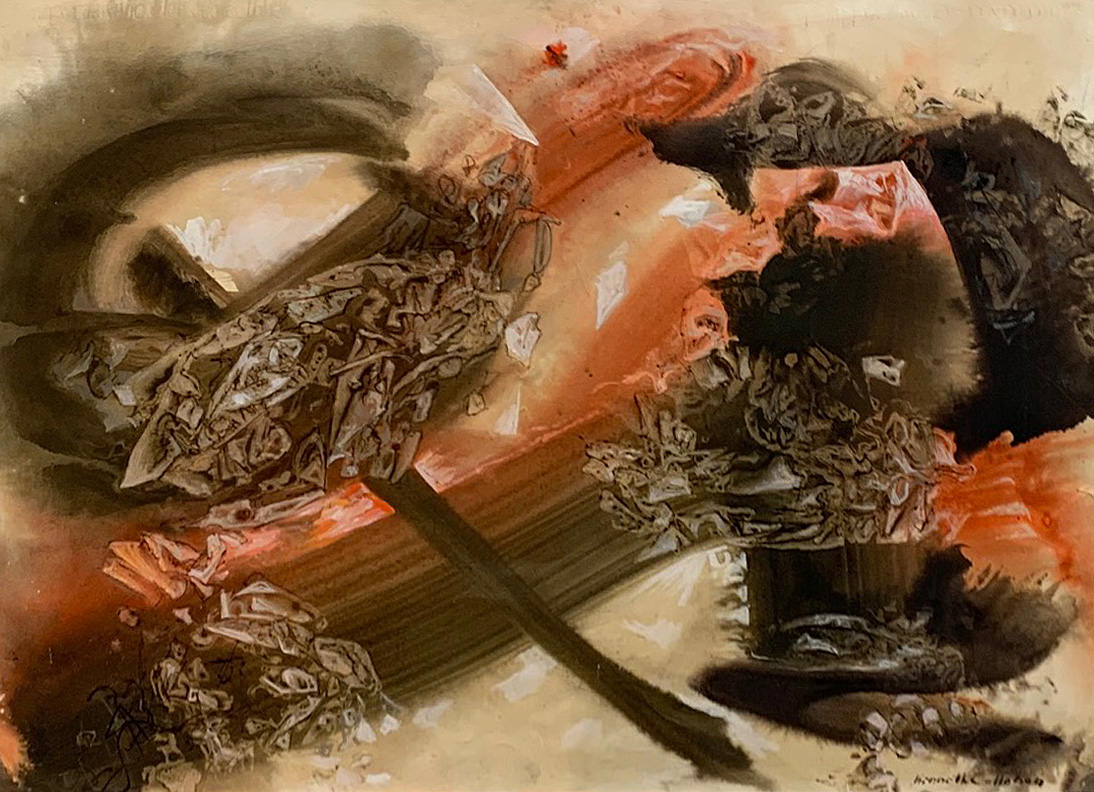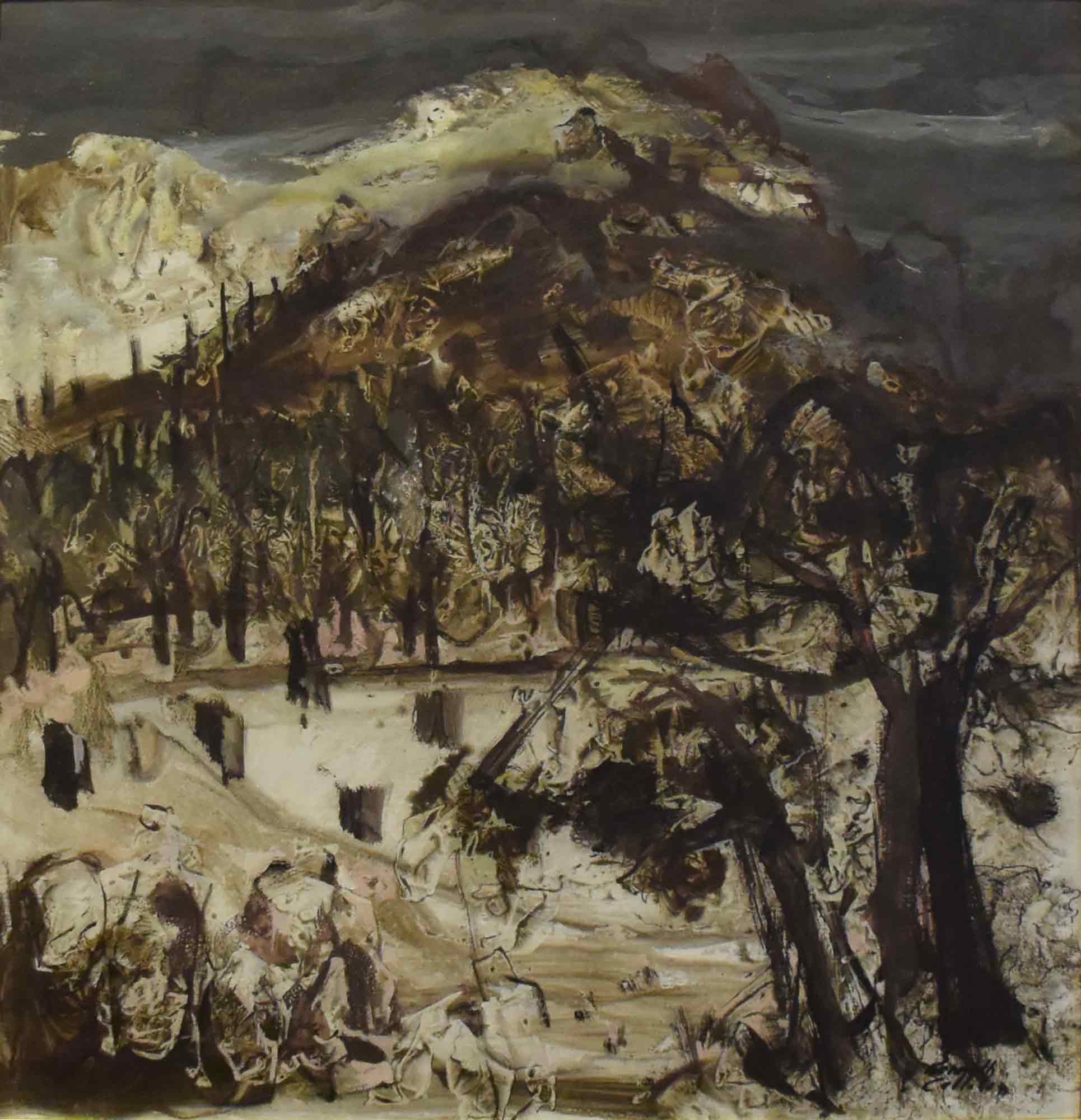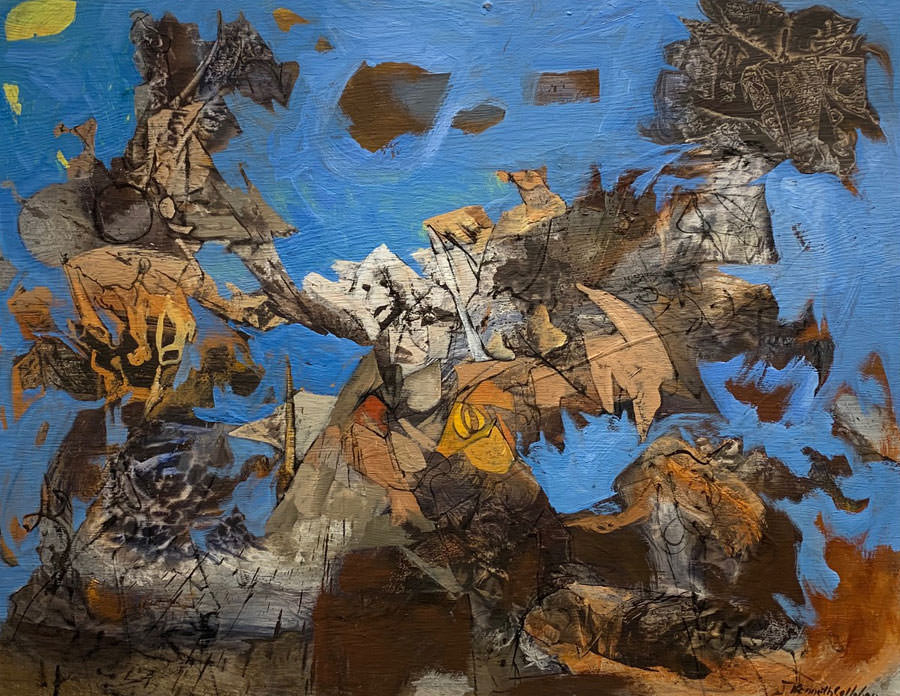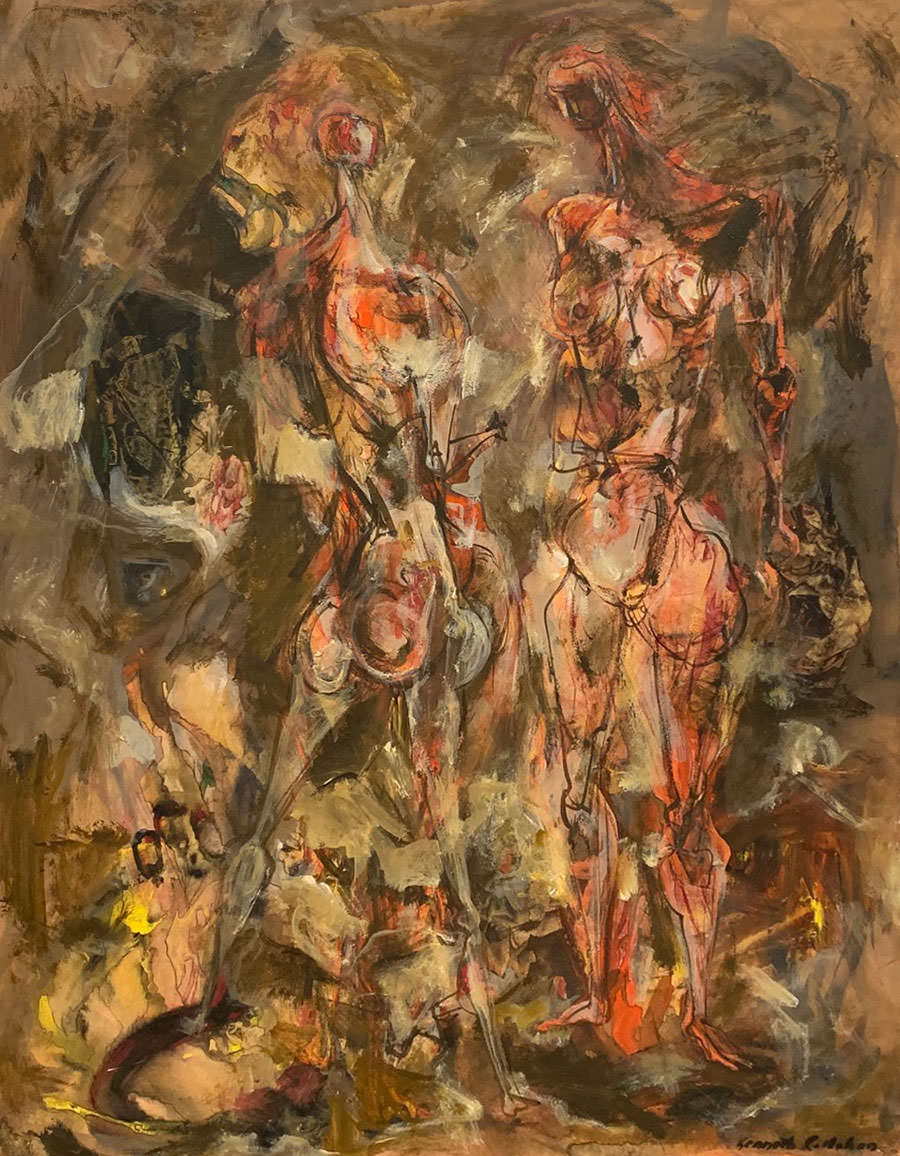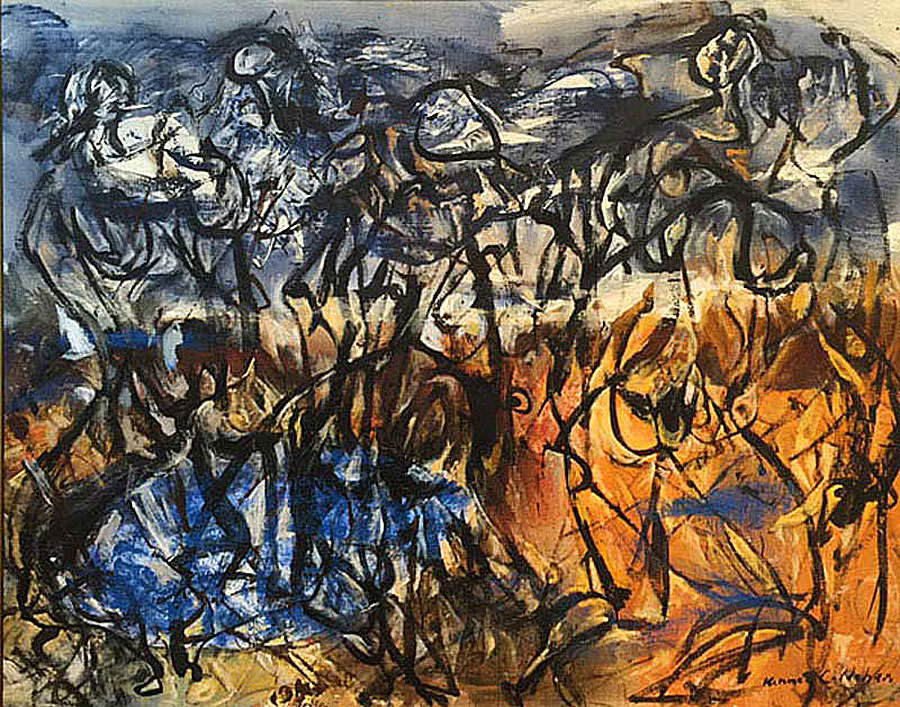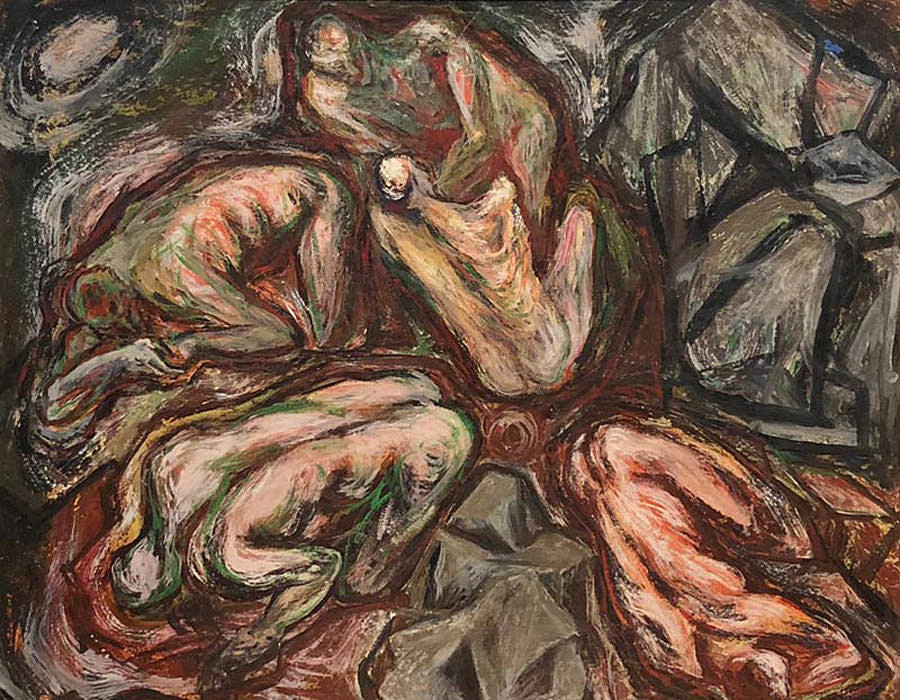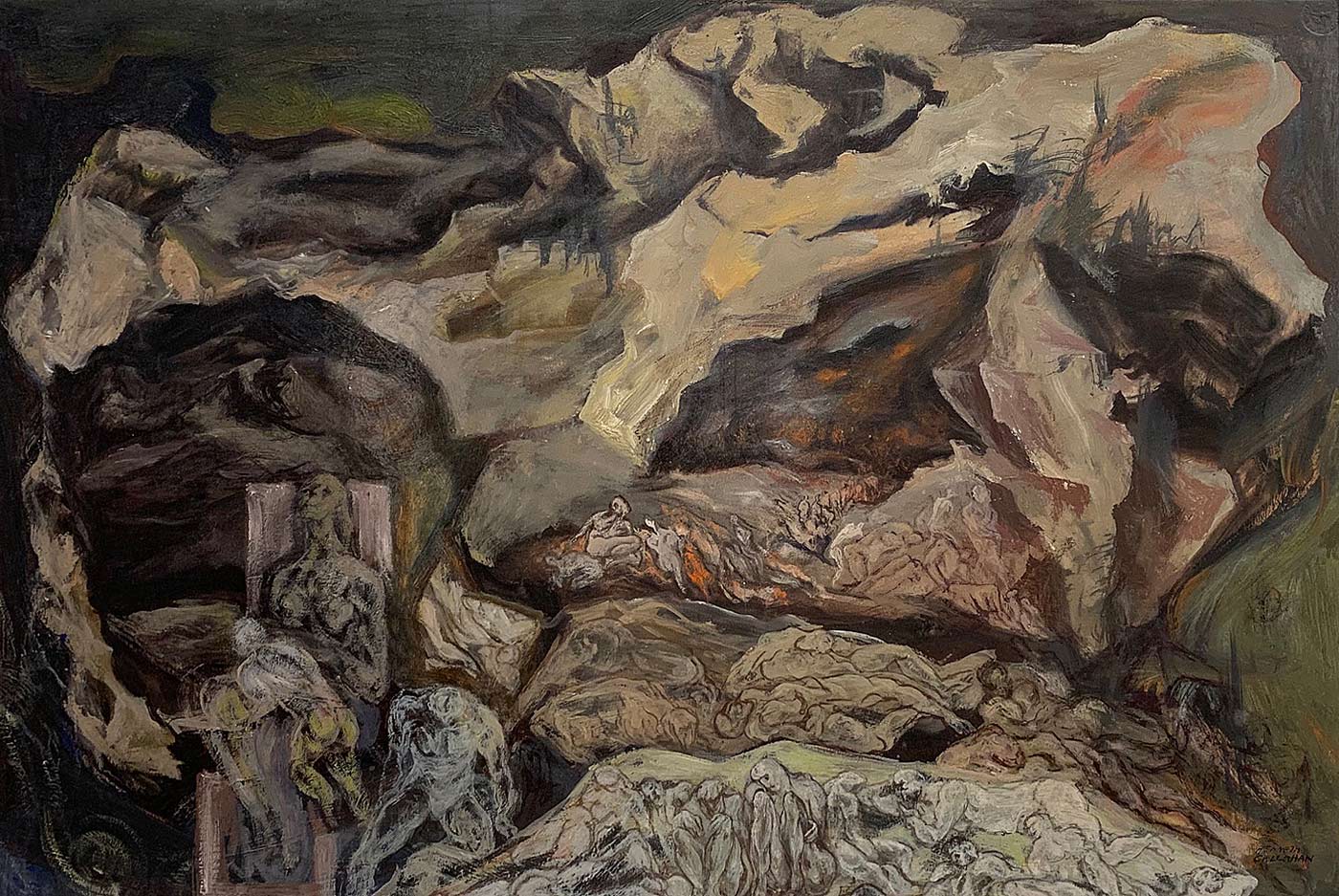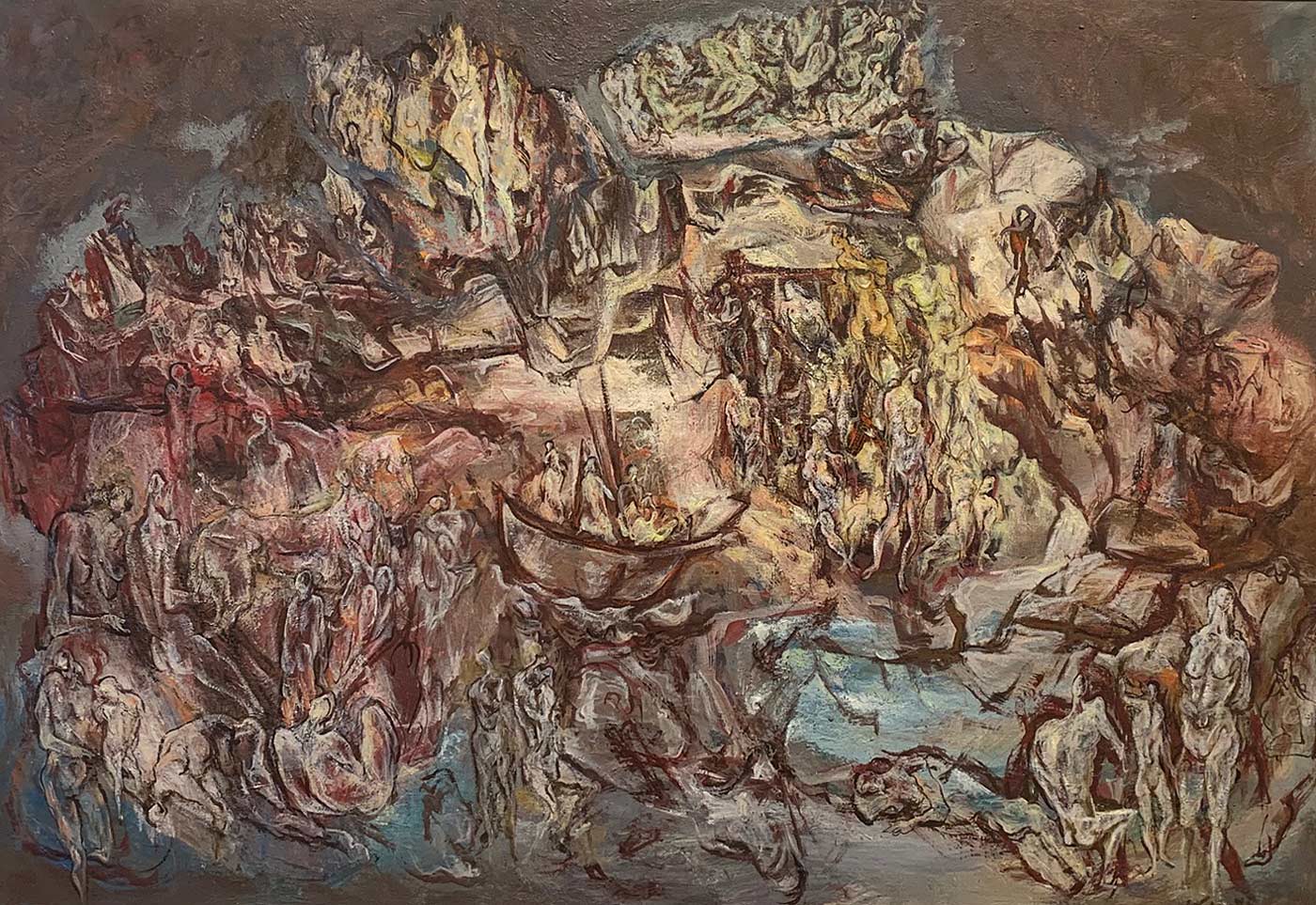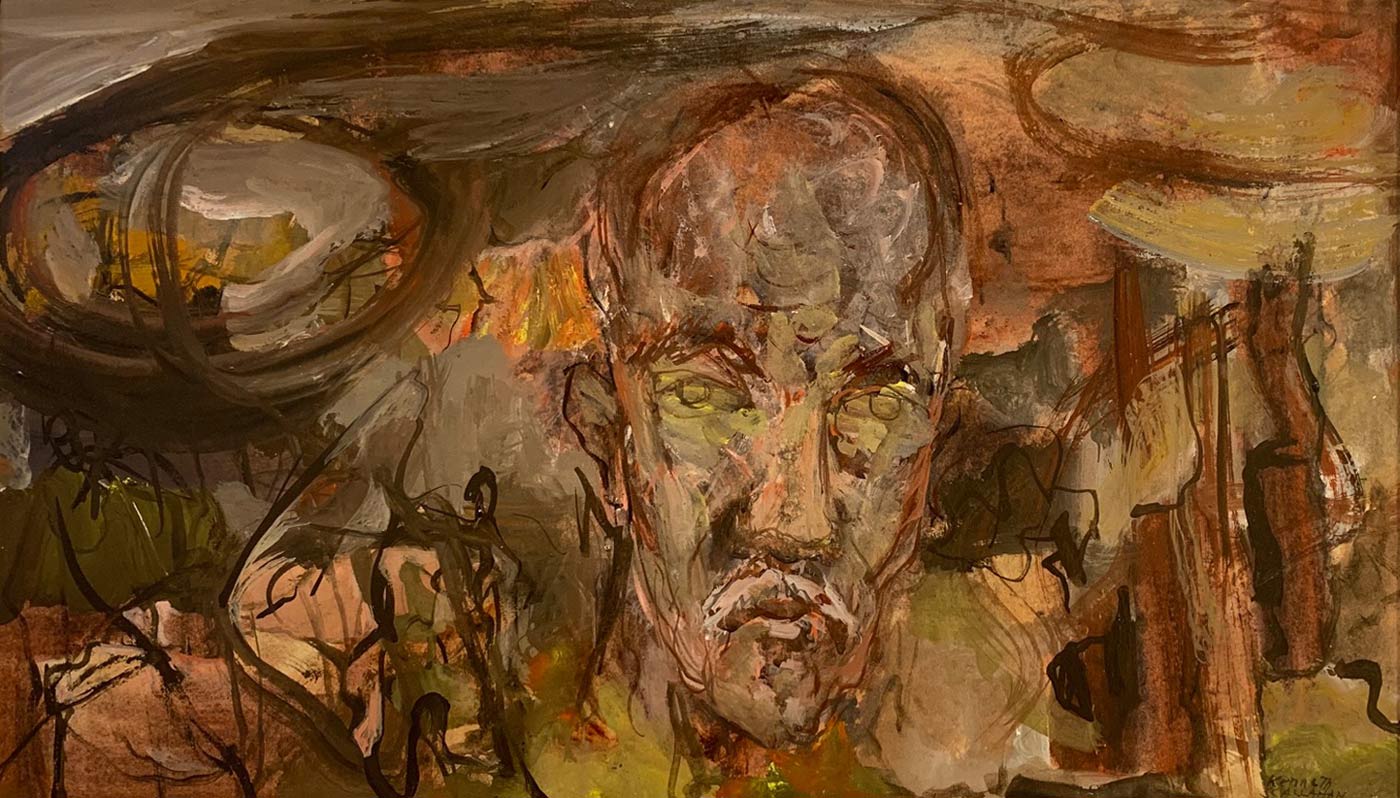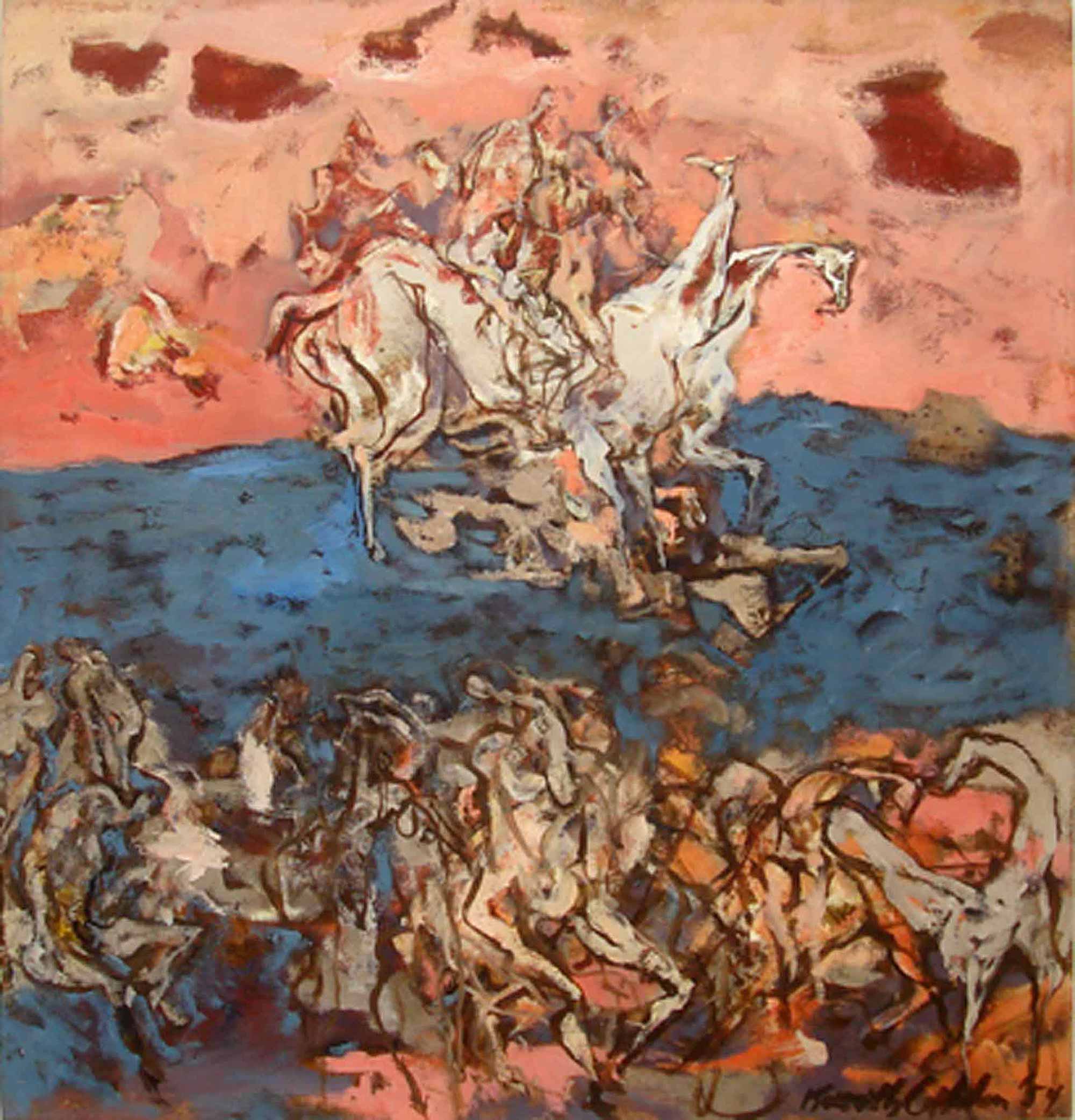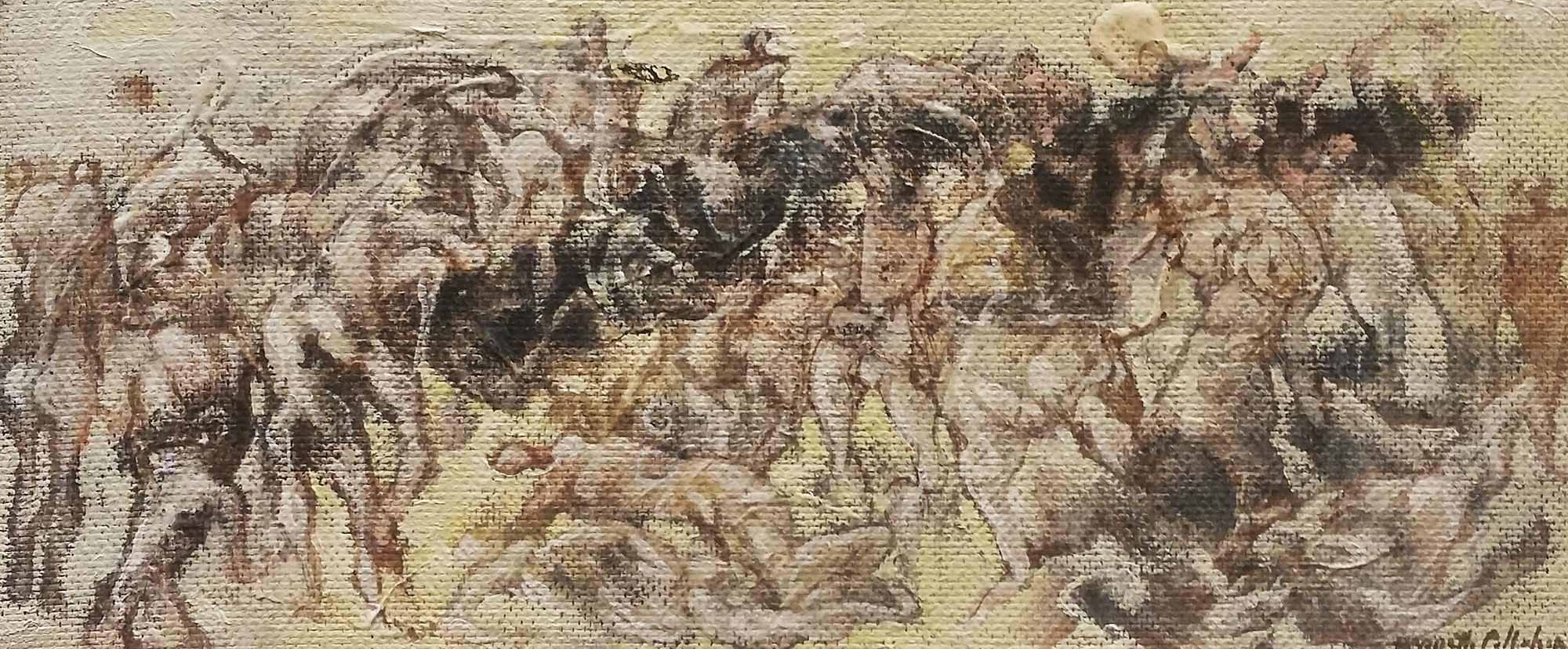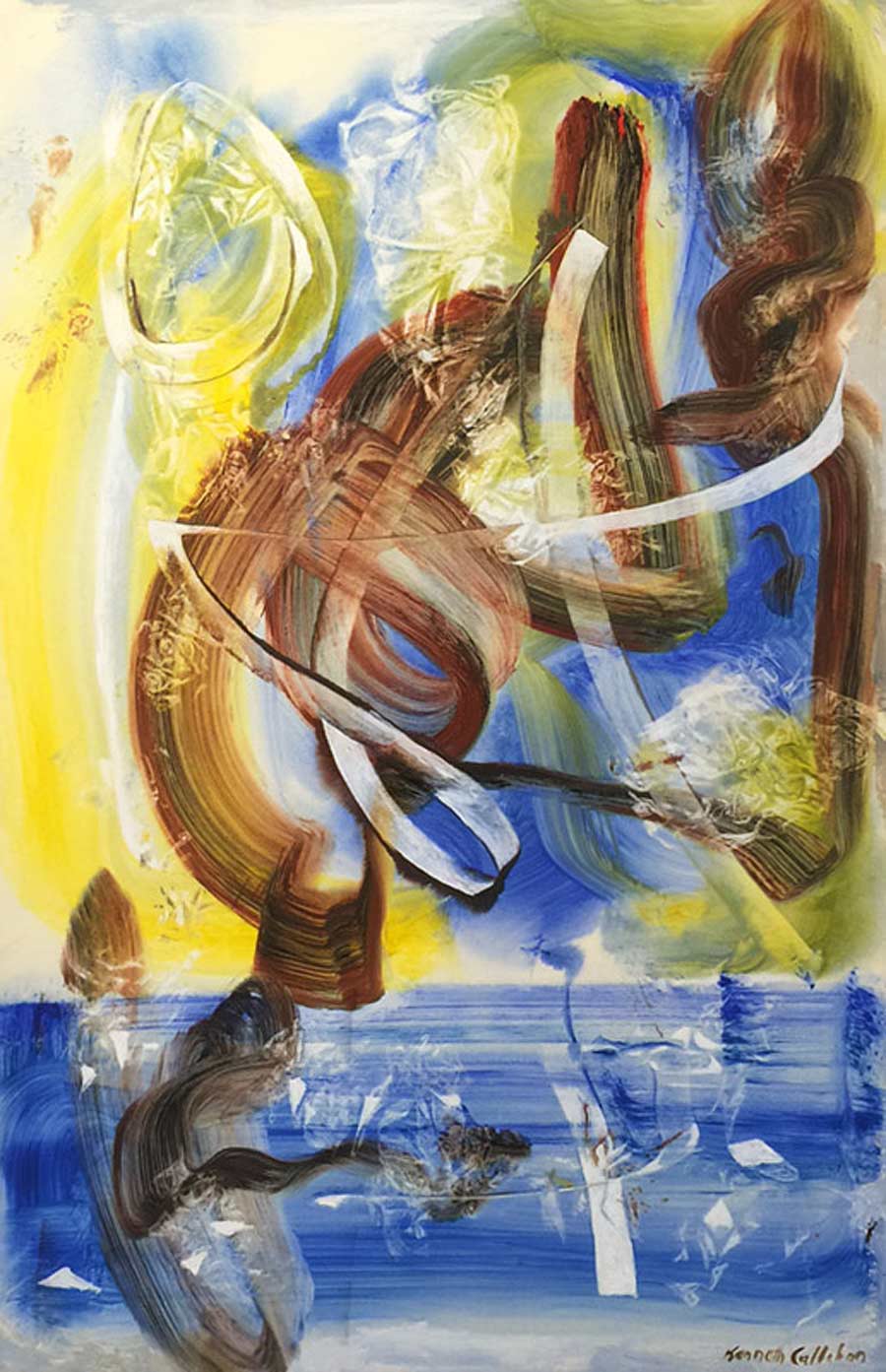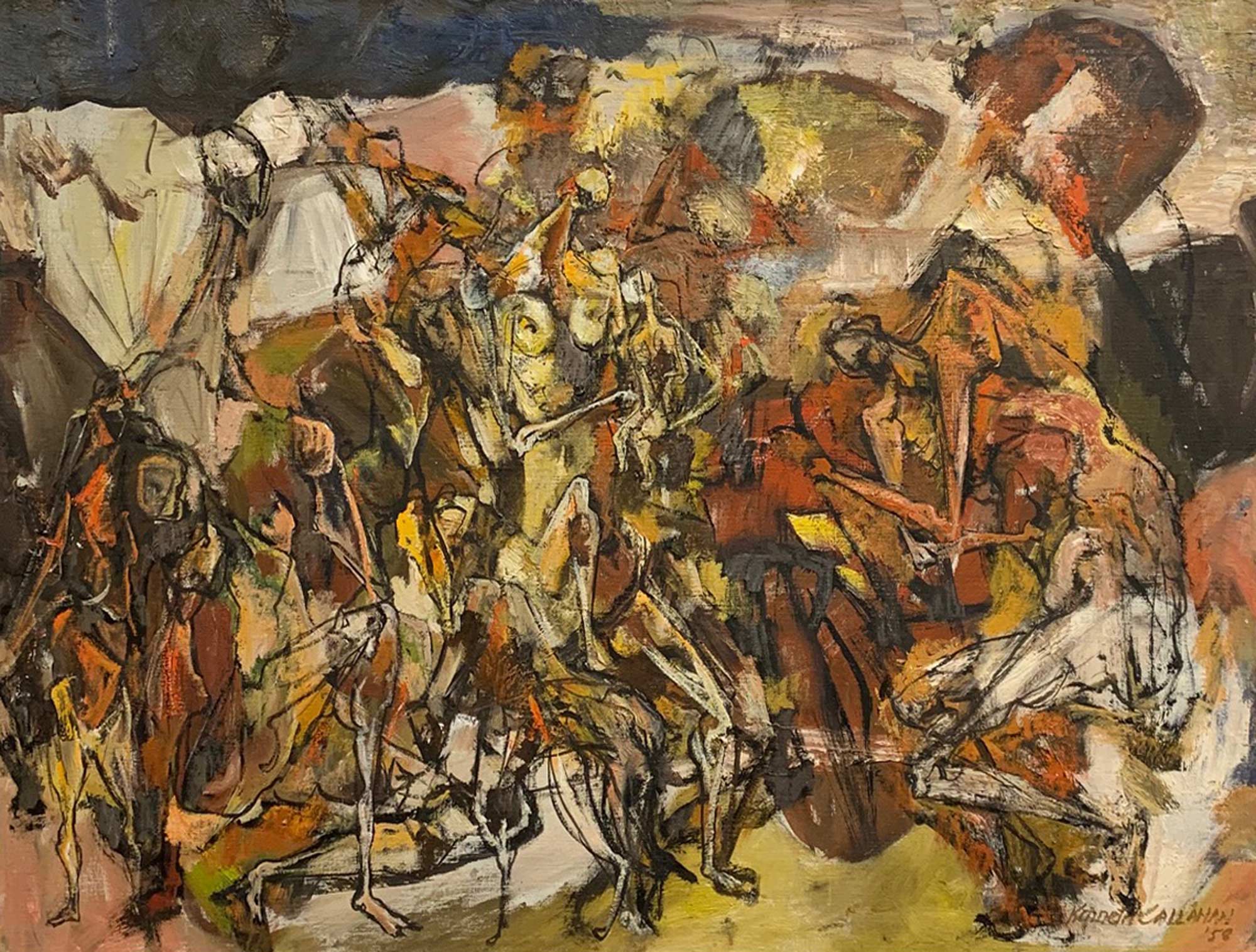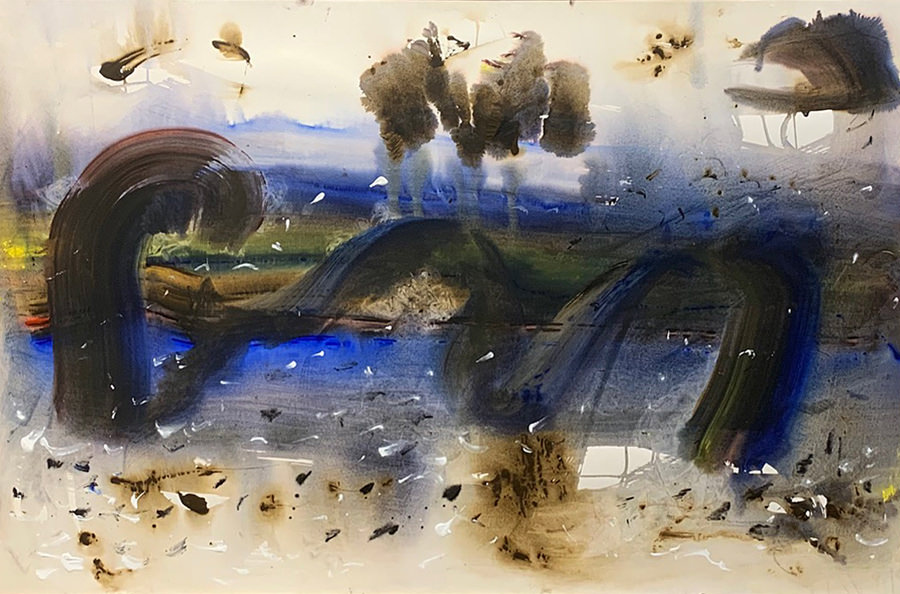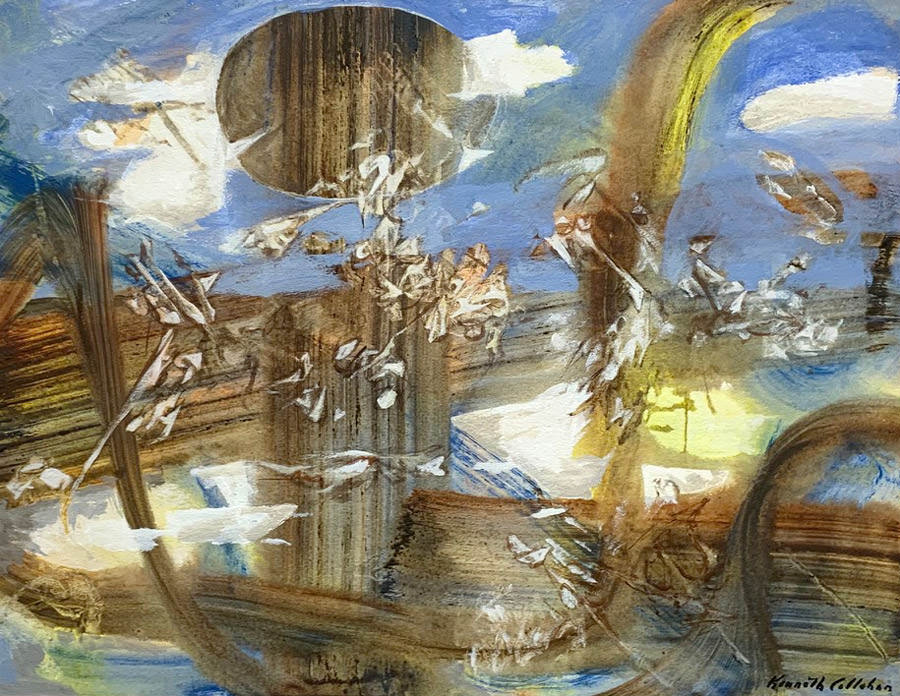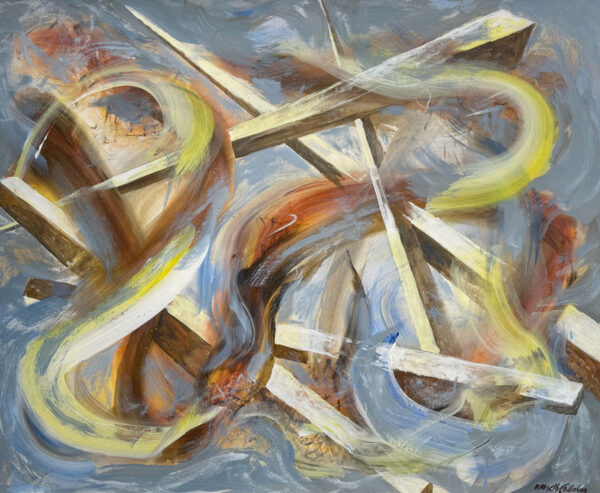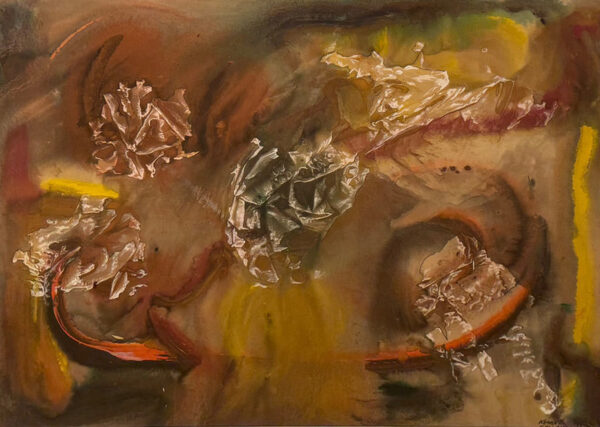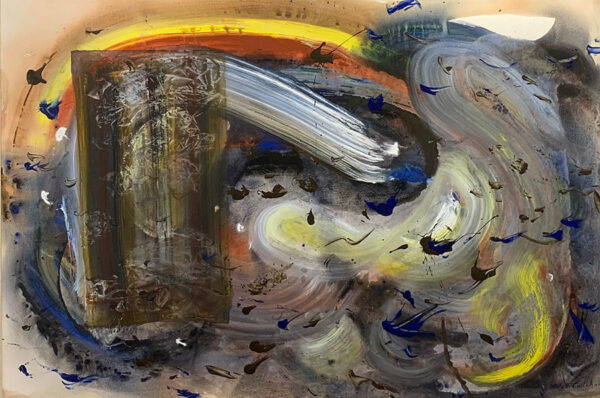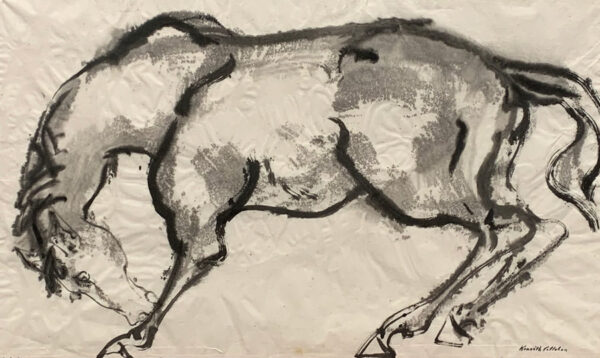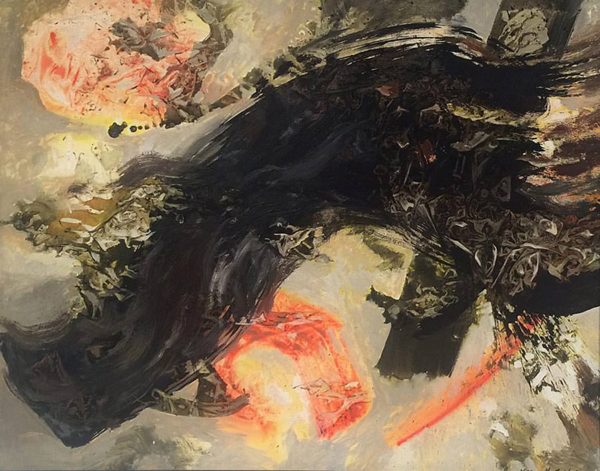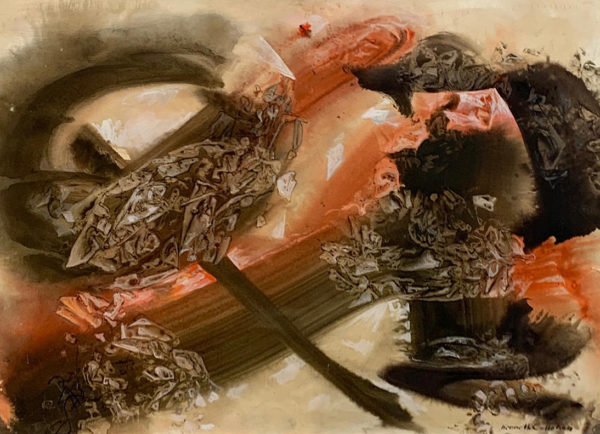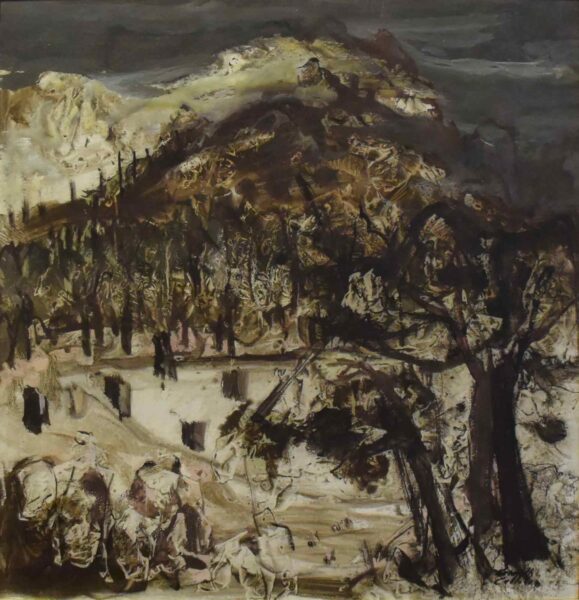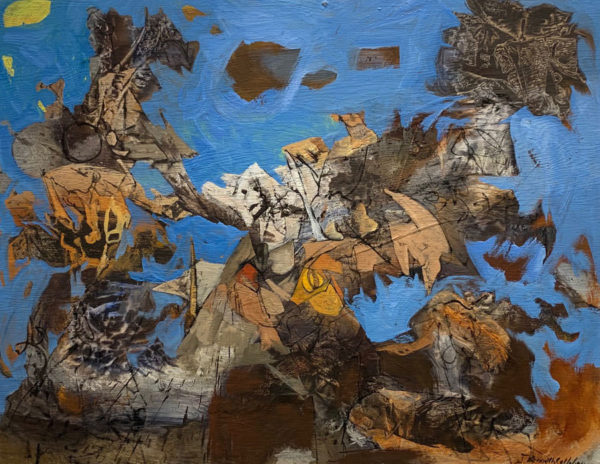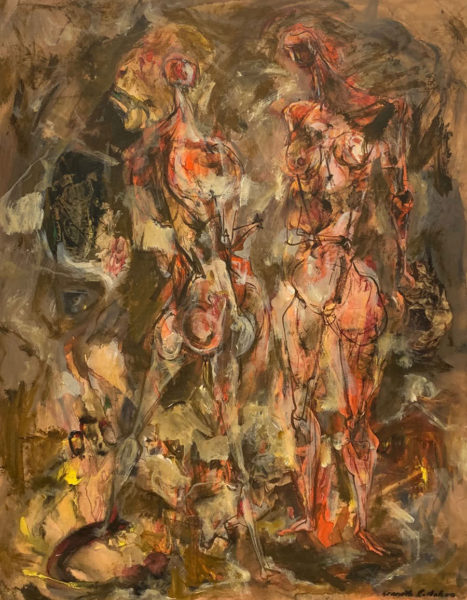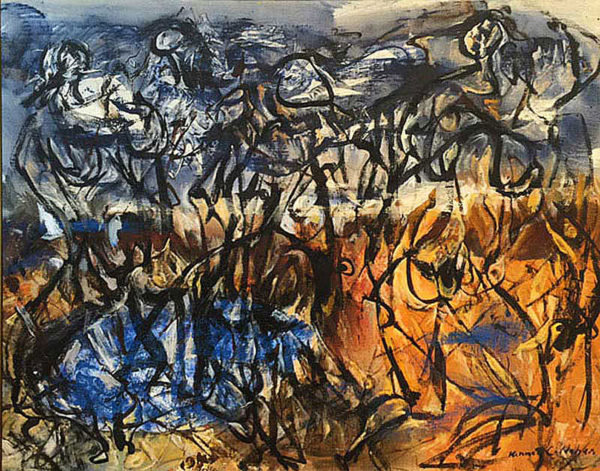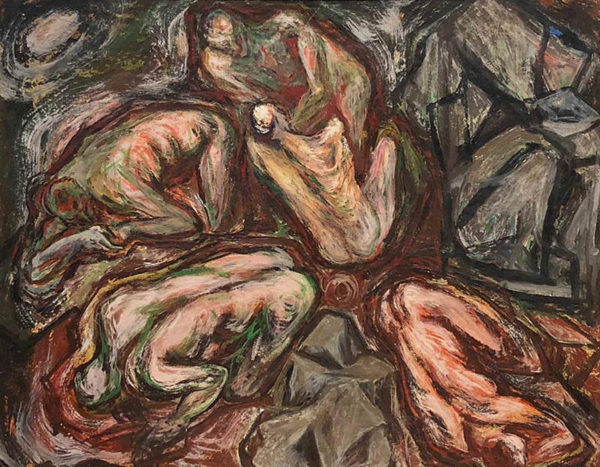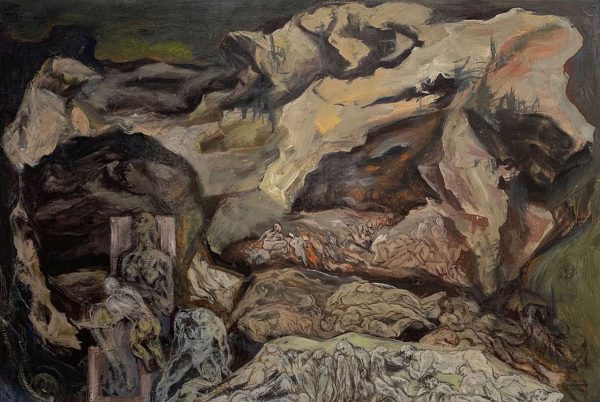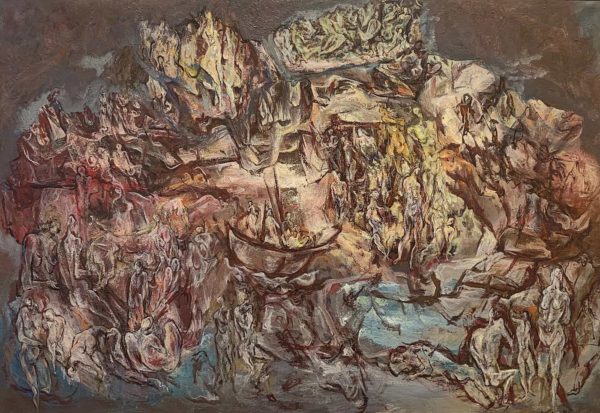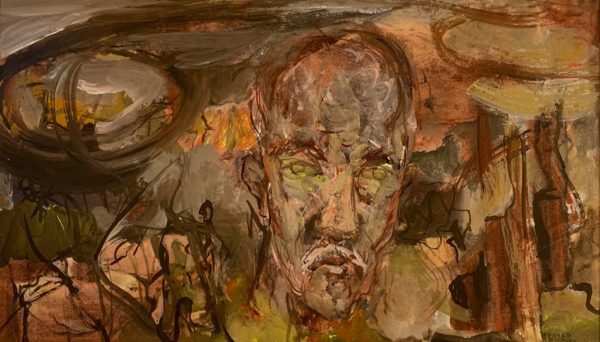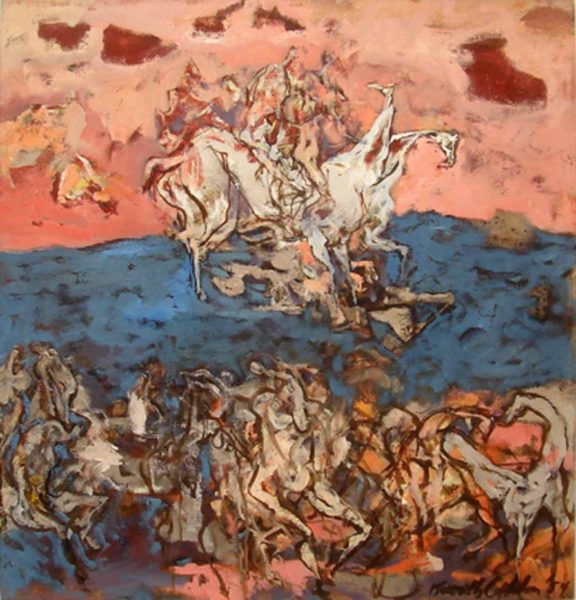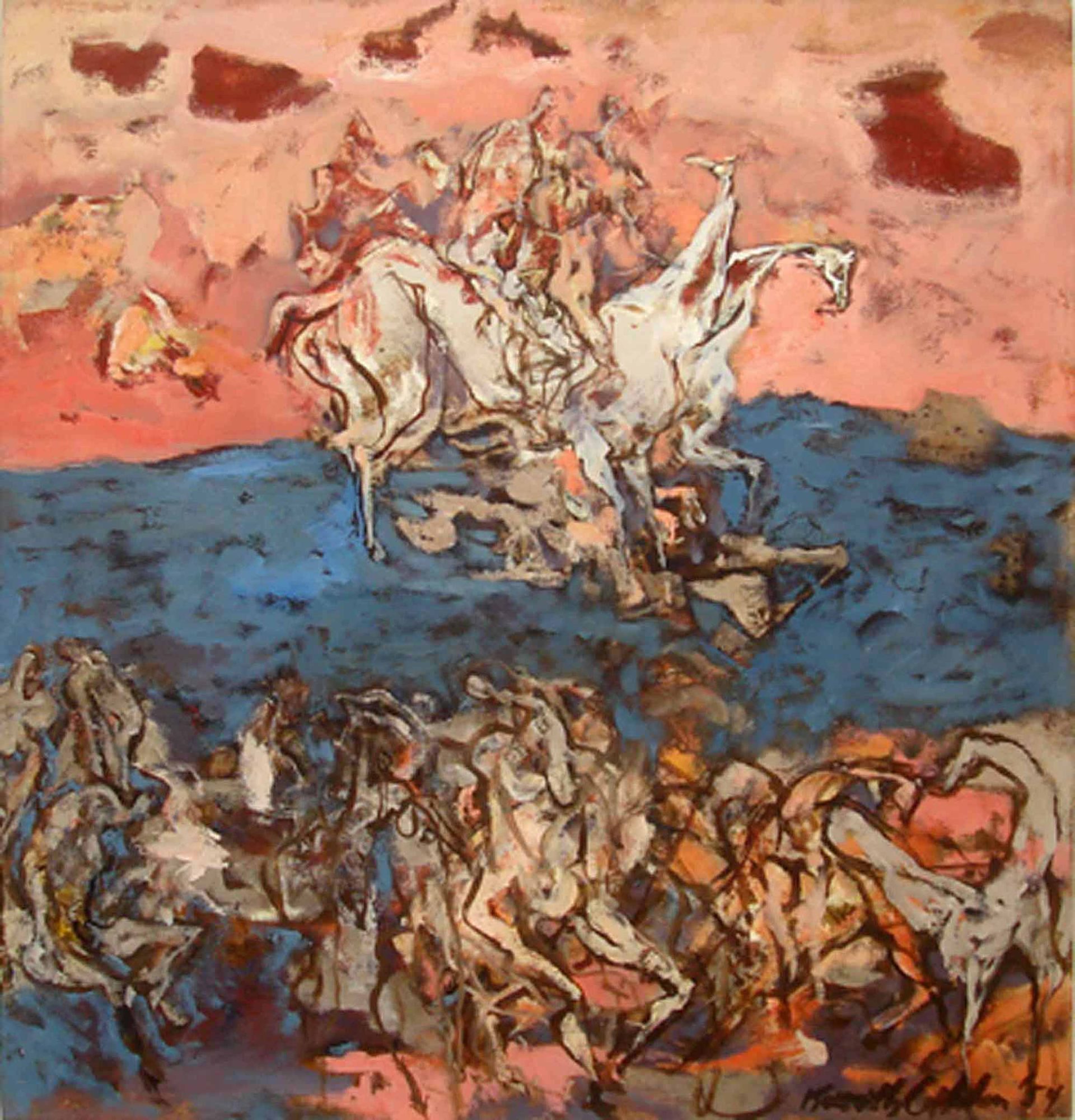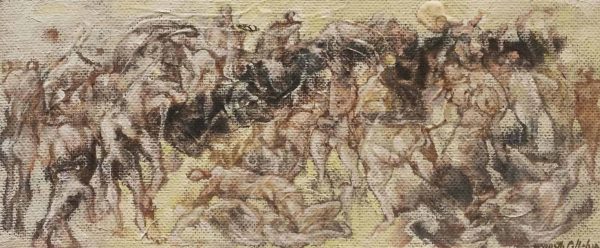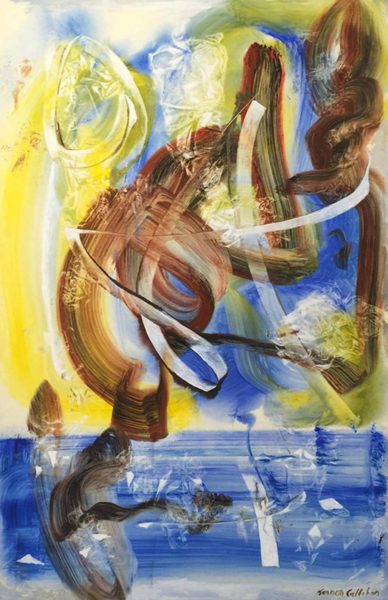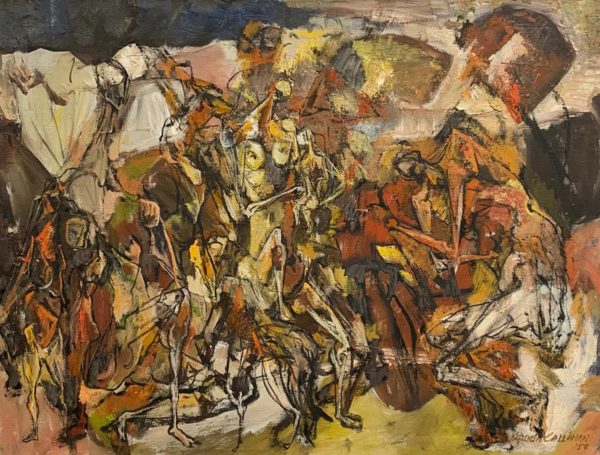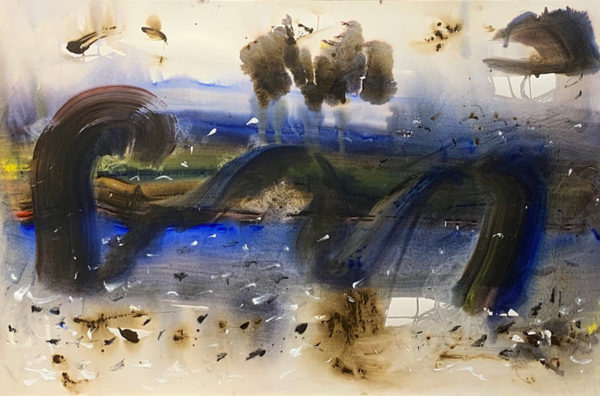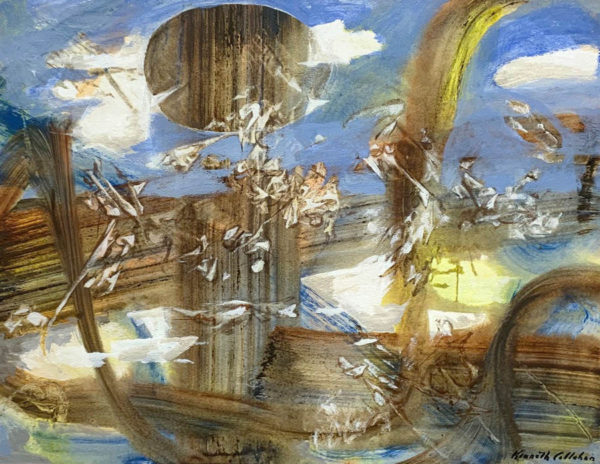About Kenneth Callahan
“For me there are two sources of art: nature and the art of the past. The past is all-inclusive, from cave painting to the thing produced yesterday by the artist around the corner. Nature is the most important…. It is nature, with its unlimited varied form, structure and color that constitutes the vital living source from which art must basically stem.” –Kenneth Callahan
Kenneth Callahan’s (1905-1986) paintings are imbued with expressive energy. With vigorous, broad brushwork and clever manipulation of an object’s scale and exaggerated perspective, he shows us scenes in the Cascade Mountains that capture the sheer power of the landscape. In his earlier paintings, Callahan recorded the scenes he knew best: of loggers and laborers and the Northwest landscape in a rough-hewn figurative style. His later works became more abstract and metaphysical in nature, designed to inspire contemplation in the viewer.
“Kenneth Callahan was before all else a painter of nature. Nature for him as his words above reveal, was more than “men, mountain streams, animals and alpine meadows.” It was the life force that breathed spirit into each insect and each mountain peak. It was “the interrelationship of man, rock, and elements; the creating and disintegration, repeated over and over: man into rock, rock into man, both controlled by sun and elements.”
It was an ineffable power, a seeming state of perpetual motion that created and consumed that swirled and cycled and finally transcended the physical world. Callahan’s was, in essence, a romantic vision of creation and creating.” –excerpt from “Kenneth Callahan” by Patricia G. Watkinson
Kenneth Callahan served as a catalyst for Seattle artists in the mid-20th century through his own painting, his work as assistant director of the Seattle Art Museum, and his writings about contemporary art. Born in Spokane and largely self-taught as an artist, Callahan was committed to an art that went beyond the merely illustrative. He enrolled at the University of Washington in 1924 but did not complete a degree. After leaving the university he traveled widely, absorbing influences from the different countries and cultures he experienced.
His talent was recognized early; his work was included in the first Whitney Biennial exhibition in 1933 and he went on to a distinguished painting career. Callahan is identified as one of the Northwest Mystics- along with Guy Anderson (1906-1998), Morris Graves (1910-2001), and Mark Tobey (1890-1976)- who shared a muted palette and strong interest in Asian aesthetics.
